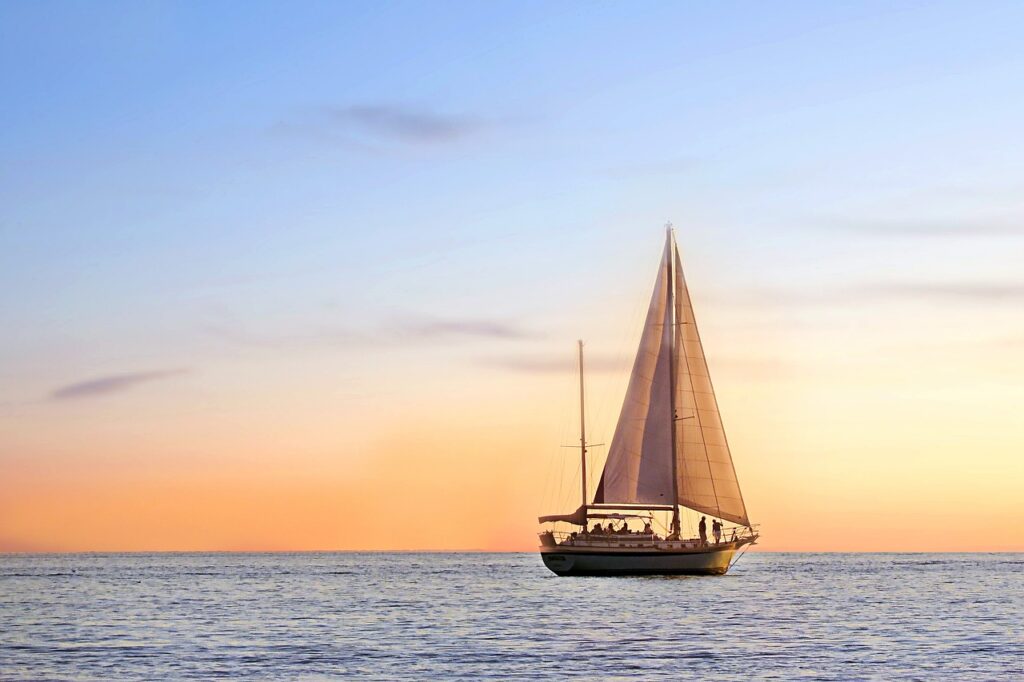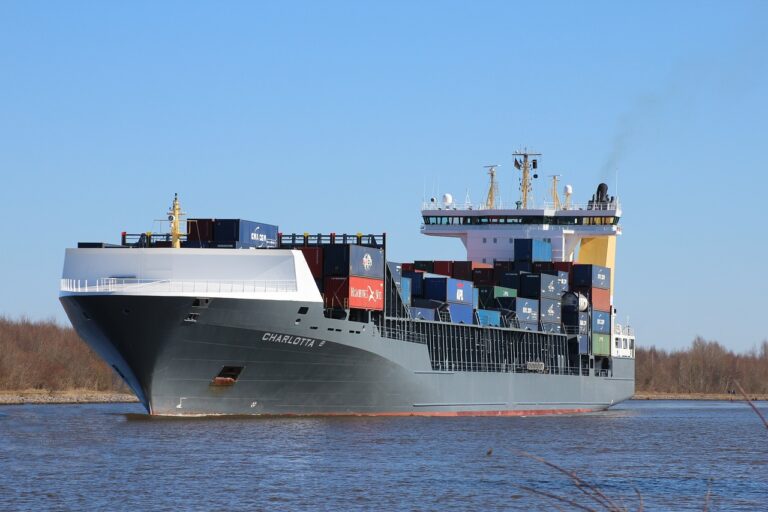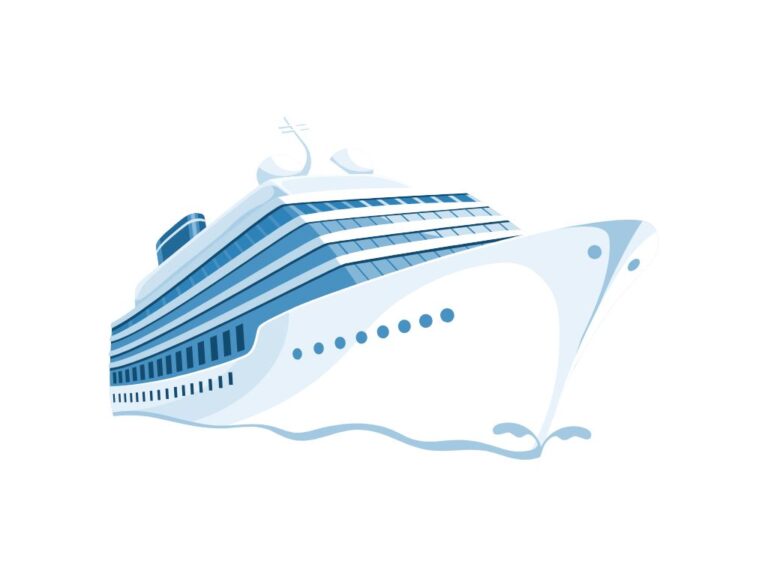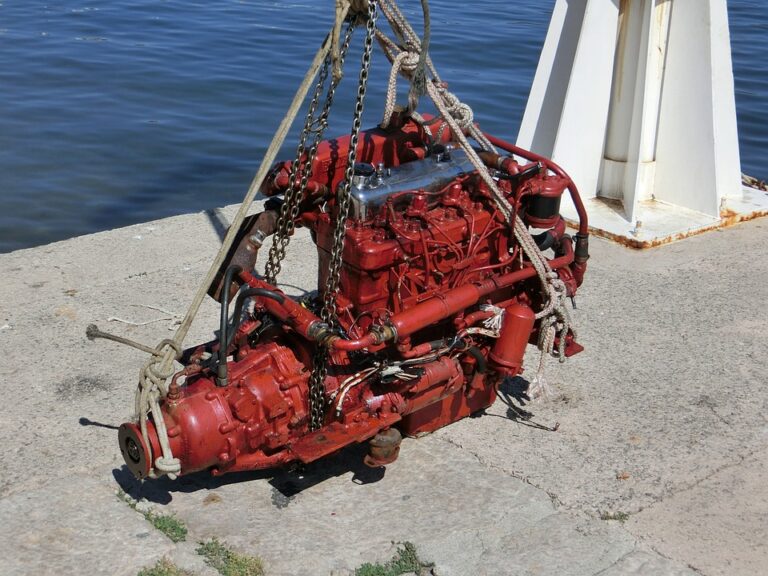Weather Considerations While Sailing

Sailing is an exhilarating and adventurous activity that connects us to the vast and dynamic natural world. However, this excitement comes with its share of challenges, particularly those posed by weather conditions. Understanding and anticipating weather patterns is crucial for safe and enjoyable sailing. This blog will delve into various weather considerations every sailor should keep in mind, covering topics such as wind, storms, fog, temperature variations, and technological aids.
Understanding Wind Patterns
Wind is the primary driving force for sailboats, making it the most critical weather element for sailors to understand. Wind patterns can be categorized into several types:
Trade Winds
Trade winds are steady winds that blow from the northeast in the Northern Hemisphere and from the southeast in the Southern Hemisphere. They are found near the equator and have historically been crucial for trade routes.
Prevailing Westerlies
These winds blow from the west to the east and are found in the mid-latitudes. They are less predictable than trade winds and can bring rapidly changing weather conditions.
Polar Easterlies
Located near the poles, these cold winds blow from east to west. They can be treacherous due to their cold temperatures and potential for sudden storms.
Local Winds
Local winds, such as sea breezes and land breezes, occur due to temperature differences between land and sea. Understanding these can help sailors anticipate changes in wind direction and strength near coastal areas.
Storms and Severe Weather
Severe weather poses significant risks to sailors, and understanding how to predict and react to storms is crucial.
Thunderstorms
Thunderstorms are often characterized by strong winds, heavy rain, lightning, and sometimes hail. They can develop rapidly, so it’s essential to recognize early signs such as darkening skies and distant thunder.
Tropical Storms and Hurricanes
These powerful systems can cause extreme wind speeds, massive waves, and heavy rainfall. They are most common in tropical and subtropical waters. Monitoring weather forecasts and understanding the hurricane season in your sailing region is vital.
Squalls
Squalls are sudden, sharp increases in wind speed and can be accompanied by rain. They can occur in any part of the world and can be particularly dangerous if they catch sailors off guard.
Fog and Visibility
Fog can severely reduce visibility, making navigation challenging and increasing the risk of collisions.
Types of Fog
- Advection Fog: Forms when warm, moist air moves over a cooler surface.
- Radiation Fog: Occurs on clear nights when the ground cools, causing the air above it to cool and condense.
- Sea Fog: Often seen near coastal areas where cool ocean air meets warmer land air.
Navigating in Fog
Using radar, AIS (Automatic Identification System), and sound signals are critical in foggy conditions. It’s also essential to reduce speed and keep a sharp lookout.
Temperature Variations
Temperature affects both the comfort and performance of a sailing crew.
Cold Weather Sailing
Cold weather can lead to hypothermia, frostbite, and reduced dexterity. Wearing appropriate clothing, such as thermal layers and waterproof gear, is crucial. Monitoring wind chill is also important, as it can significantly lower the perceived temperature.
Hot Weather Sailing
High temperatures can lead to dehydration, heat exhaustion, and heat stroke. Staying hydrated, wearing lightweight, UV-protective clothing, and using sunscreen are essential measures.
Technological Aids and Resources
Modern technology provides sailors with valuable tools to predict and respond to weather conditions.
Weather Forecasting Services
Services like the National Weather Service (NWS), NOAA, and various marine weather apps provide detailed forecasts, including wind speeds, wave heights, and storm warnings.
Satellite and Radar Imagery
Access to satellite and radar images helps sailors visualize weather patterns and track the movement of storms and other weather systems.
Onboard Instruments
Equipping your boat with instruments like barometers, anemometers, and weather stations can provide real-time data on local conditions.
Seasonal and Regional Considerations
Different seasons and regions pose unique weather challenges.
Seasonal Changes
- Spring: Transitional weather with the potential for storms and variable winds.
- Summer: Often brings more predictable weather but can also mean tropical storms and intense heat.
- Autumn: Another transitional period with the risk of storms and cooling temperatures.
- Winter: Cold weather sailing requires extra preparation for freezing temperatures and possible ice.
Regional Weather Patterns
- Tropical Waters: Prone to hurricanes and squalls.
- Temperate Zones: Experience more varied weather with all four seasons.
- Polar Regions: Extreme cold, ice, and long periods of darkness or daylight.
Practical Tips for Weather Preparation
Preparing for weather conditions involves both planning and real-time adjustments.
- Check Forecasts: Always review weather forecasts before setting sail.
- Route Planning: Plan your route with potential weather conditions in mind, including safe harbors and alternate routes.
- Safety Equipment: Ensure all safety equipment, including life jackets, flares, and emergency communication devices, are in good condition.
- Monitor Conditions: Continuously monitor weather conditions using onboard instruments and updates from weather services.
- Adjust Sail Plan: Be ready to reef sails or change course based on changing conditions.
- Communication: Maintain regular communication with shore contacts and other vessels.
Learning from the experiences of other sailors can provide valuable insights.
Unexpected Storm
A case study of a sailboat caught in an unexpected storm highlights the importance of constant vigilance and the ability to quickly adjust sail plans and seek shelter.
Navigating in Fog
Another case study discusses the challenges faced by a crew navigating through dense fog, emphasizing the use of radar and sound signals.
- Stay Informed: Regularly update weather information and remain flexible in your plans.
- Prepare for the Worst: Always be prepared for severe weather, even if the forecast is favorable.
- Continuous Learning: Learn from each experience to improve future sailing endeavors.
Environmental and Climate Considerations
Understanding broader environmental and climate trends can help sailors anticipate long-term changes in weather patterns.
Climate Change
Climate change is affecting weather patterns globally, leading to more frequent and intense storms, rising sea levels, and changing wind patterns. Sailors need to be aware of these trends and consider them in their long-term planning.
Sustainable Sailing Practices
Adopting sustainable sailing practices can help mitigate some environmental impacts. This includes reducing fuel use, minimizing waste, and respecting marine ecosystems.
Weather is an integral part of the sailing experience, presenting both challenges and opportunities. By understanding wind patterns, storm behavior, fog, temperature variations, and using modern technological aids, sailors can navigate safely and enjoyably. Continuous learning and adaptation to changing conditions are essential for every sailor. With thorough preparation and a keen awareness of the weather, you can make the most of your time on the water, ensuring both safety and enjoyment on every voyage.
Incorporating these considerations into your sailing routine will not only enhance your safety but also enrich your overall sailing experience, making every journey memorable and rewarding.
Happy sailing!


